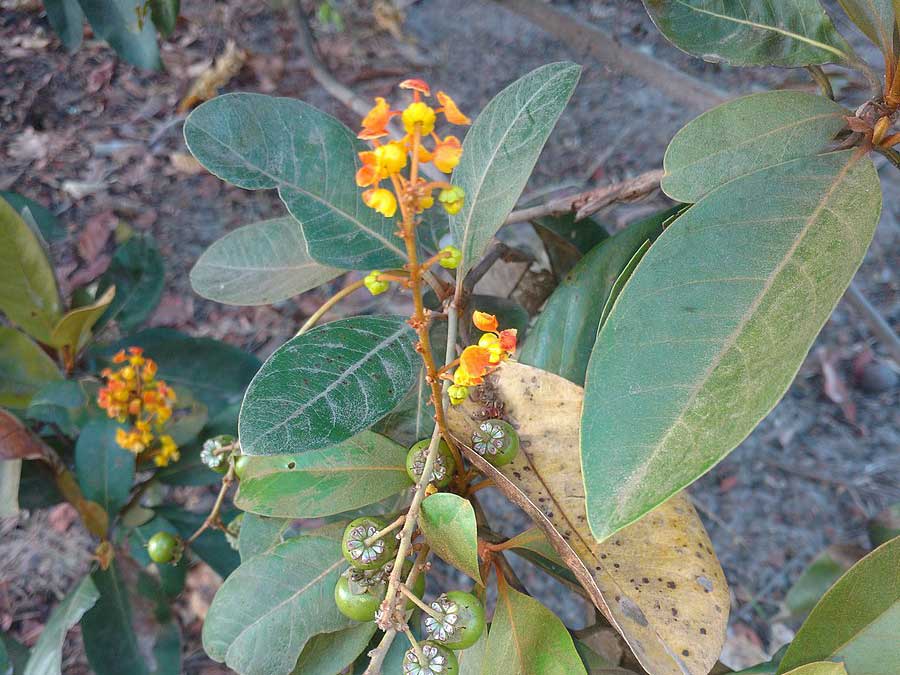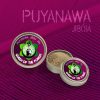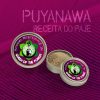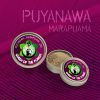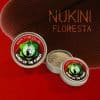Amazon Forest Plants, Healing Plants
Discovering the Enigmatic Murici Plant: Characteristics, Uses, and Benefits
Discover the Murici Plant: A Tropical Gem with Unique Flavor and Versatility
The Amazon rainforest is home to an astonishing variety of flora and fauna, some of which remain largely unknown to the outside world. Among these hidden gems is the Murici plant (Byrsonima crassifolia), a tropical fruit-bearing shrub found in the Amazon basin and other parts of South America. This article will shed light on the intriguing features of the Murici plant, its traditional uses, potential benefits, and the importance of its conservation.
1. Characteristics of the Murici Plant
The Murici plant, also known as “muruci,” is a small to medium-sized evergreen shrub that belongs to the Malpighiaceae family. It typically reaches a height of 3 to 5 meters and has glossy, dark green leaves with a leathery texture. The plant produces small, round fruits that are about 1 to 2 centimeters in diameter. These fruits turn bright yellow or orange when ripe and contain multiple seeds. The unique flavor profile of the Murici fruit combines sweet, tangy, and slightly tart notes, making it a favorite among locals.
2. Traditional Uses of Murici
Indigenous communities and local people have a deep-rooted relationship with the Murici plant, using various parts of the shrub for their medicinal and culinary properties. The fruit is commonly consumed fresh, while the leaves and bark are traditionally used to prepare herbal remedies for different ailments. Some traditional uses of the Murici plant include:
a. Medicinal Uses:
- The leaves are brewed into teas believed to possess anti-inflammatory properties and used to alleviate gastrointestinal discomfort.
- Murici fruit extracts are used to treat respiratory issues, such as coughs and bronchitis.
- Infusions made from the bark are employed as a natural remedy for skin conditions like rashes and itching.
b. Culinary Uses:
- The ripe Murici fruits are eaten raw, juiced, or used to make jams and desserts, contributing to local cuisines with their distinctive flavor.
- Indigenous communities incorporate the fruit into traditional recipes, enriching their diets with essential vitamins and minerals.
3. Potential Health Benefits
Beyond its traditional uses, the Murici plant is increasingly gaining attention in the scientific community due to its potential health benefits. Although research is ongoing, preliminary studies suggest that the plant may offer various advantages:
a. Rich in Antioxidants:
- Murici fruits are a rich source of antioxidants, which play a vital role in neutralizing harmful free radicals in the body. These antioxidants may help reduce oxidative stress and inflammation, supporting overall well-being.
b. Nutrient Content:
- The fruit contains essential vitamins, including vitamin C, vitamin A, and B-complex vitamins, all of which are crucial for maintaining a healthy immune system and promoting proper cell function.
c. Anti-Inflammatory Properties:
- Compounds present in the Murici plant may have anti-inflammatory properties, potentially assisting in reducing inflammation-related ailments.
4. Conservation and Sustainable Harvesting
Despite its cultural significance and potential benefits, the Murici plant faces threats from deforestation, habitat destruction, and overharvesting. Conservation efforts and sustainable harvesting practices are essential to protect this valuable plant and ensure its long-term survival.
Conclusion
The Murici plant’s alluring blend of cultural significance, traditional uses, and potential health benefits makes it a fascinating subject of study and conservation. As we continue to explore the wonders of the Amazon rainforest, it is crucial to preserve and appreciate the natural treasures, like the Murici plant, that enrich our lives and offer promising insights into traditional medicine and nutrition. Embracing sustainable practices and supporting local communities will pave the way for a brighter future for both the Murici plant and the diverse ecosystem it inhabits.
Get to know the potent Murici Rapeh from Queen of the Forest
View our Available Blends:


